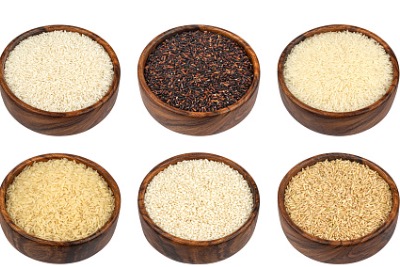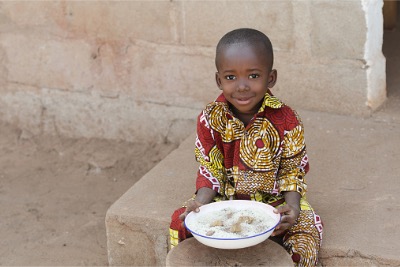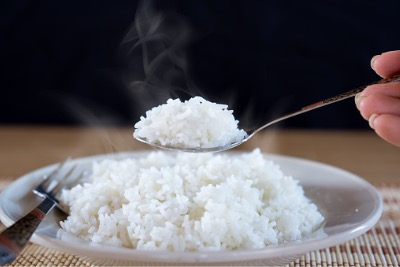
The Plant that Feeds the World
Rice is one of the most revered and consumed foods on the planet. In many parts of the world, it is a staple that is consumed daily. Rice is a semi-aquatic grain that requires a lot of sunlight and water to grow. It grows well on porous clay and silt soil that is not suitable for growing other grains. In some European and North American cultures, rice was not typically consumed. This has changed over the past 50 years as African and Asian cuisines were gradually introduced to northern markets.
The International Rice Gene Bank, has over 132,000 varieties of rice. The bank includes cultivated species of rice, wild relatives, and species from related genera. They are organized by genetics, thickness, stickiness, grain length, aroma, and cultivation method. The International Rice Research Institute (IRRI) runs this bank.

The purpose of the institute is not only to study and safeguard rice as a staple, but through rice to reduce food insecurity, support a healthier planet, tackle climate change, engage women and reduce poverty.
Some popular types of rice include:
- Basmati – long grain rice consumed in South Asia.
- Jasmine – a popular, aromatic, long grain rice originated in Thailand.
- Japanese – short grain rice that is sticky and is found in many varieties.
- California – also called Calrose – a medium grain sticky rice similar to Japanese.
- Italian – medium grain rice used for dishes like risotto and rice pudding.
- Spanish rice – often referred to as Valencia rice which is used to make paella – a popular rice dish in Spain.
- Wild rice – not really rice – it’s a grass grown in North America. It’s high in fiber and low in sugar/carbs. A healthy substitute for traditional rice.
- Black rice – often confused with wild rice – it is not grass. It is a whole grain rice that is high in protein, iron, and antioxidants.
- Brown rice – a whole grain rice which includes the husk, bran and germ. It has a nutty taste.
Climate Change
Rice growers are both victims of climate change and contributors to it. Floods, severe weather like typhoons and hurricanes and wild variations in temperatures threaten rice crops and the lives of hundreds of millions of people who depend on them. At the same time traditional rice growing techniques of flooding fields and burning straw contribute to a whopping 12% of the global creation of the dangerous greenhouse gas methane. The worldwide love of rice and dependance on it is affecting the planet. Researchers, trade associations, NGO’s and governments are looking for ways to grow rice more efficiently while reducing its environmental impact. See the sustainability report here.
Substitutes
To combat climate change, promote sustainability, and change dietary consumption, some consumers and farmers are switching to other grains or plants. Substitutes for rice are:
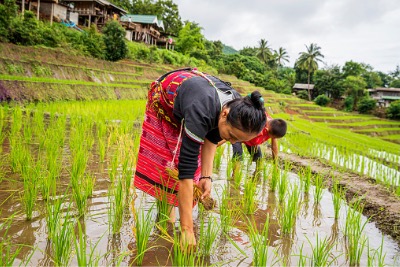
- Barley
- Quinoa
- Riced cauliflower
- Riced broccoli
- Shredded cabbage
- Shirataki konjac rice
- Couscous
- Bulgur wheat
- Potato
- Sweet potato
- Orzo
- Farro
Is Rice Halal?
Rice is a plant and is Halal by nature. Most rice products like rice flour, vinegar, and milk are Halal. Saké is an alcohol made from rice which is not Halal. Saké contains 14%-16% alcohol. How the rice is transported and stored also affects its Halal status. It needs to be handled in a way that prevents cross-contamination with non-Halal products. Finally, in some cultures rice is prepared with alcohol, animal fats and meats.
Prepared meals and packaged rice products must also be examined for Halal compliance.
Islamic Services of American (ISA) is a leading USA based Halal certification and auditing organization serving companies, the community, and the Halal industry for over 45 years. Contact ISA at isa@isahalal.com or visit the ISA website for more information at www.isahalal.com
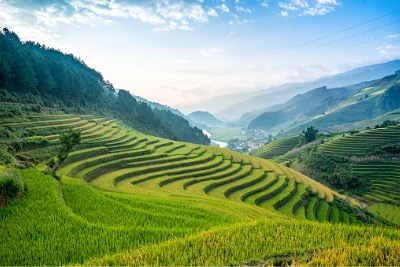
Picture credit: www.istock.com
